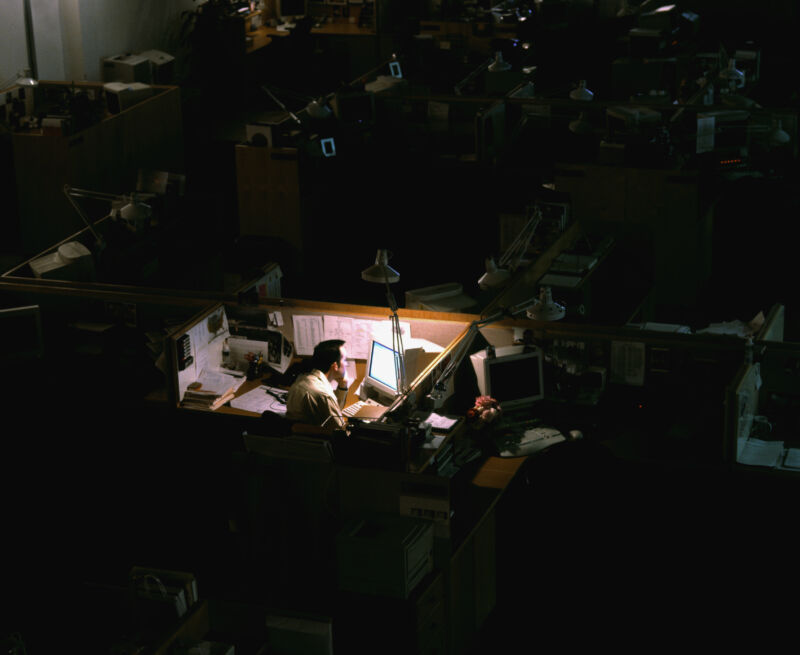bad for business —
Psychologists now view an out-of-control compulsion to work as an addiction.

An accountant who fills out spreadsheets at the beach, a dog groomer who always has time for one more client, a basketball player who shoots free throws to the point of exhaustion.
Every profession has its share of hard chargers and overachievers. But for some workers—perhaps more than ever in our always-on, always-connected world—the drive to send one more email, clip one more poodle, sink one more shot becomes all-consuming.
Workaholism is a common feature of the modern workplace. A recent review gauging its pervasiveness across occupational fields and cultures found that roughly 15 percent of workers qualify as workaholics. That adds up to millions of overextended employees around the world who don’t know when—or how, or why—to quit.
Whether driven by ambition, a penchant for perfectionism, or the small rush of completing a task, they work past any semblance of reason. A healthy work ethic can cross the line into an addiction, a shift with far-reaching consequences, says Toon Taris, a behavioral scientist and work researcher at Utrecht University in the Netherlands.
“Workaholism” is a word that gets thrown around loosely and sometimes glibly, says Taris, but the actual affliction is more common, more complex, and more dangerous than many people realize.
What workaholism is—and isn’t
Psychologists and employment researchers have tinkered with measures and definitions of workaholism for decades, and today the picture is coming into focus. In a major shift, workaholism is now viewed as an addiction with its own set of risk factors and consequences, says Taris, who, with occupational health scientist Jan de Jonge of Eindhoven University of Technology in the Netherlands, explored the phenomenon in the 2024 Annual Review of Organizational Psychology and Organizational Behavior.
Taris stresses that the “workaholic” label doesn’t apply to people who put in long hours because they love their jobs. Those people are considered engaged workers, he says. “That’s fine. No problems there.” People who temporarily put themselves through the grinder to advance their careers or keep up on car or house payments don’t count, either. Workaholism is in a different category from capitalism.
The growing consensus is that true workaholism encompasses four dimensions: motivations, thoughts, emotions, and behaviors, says Malissa Clark, an industrial/organizational psychologist at the University of Georgia in Athens. In 2020, Clark and colleagues proposed in the Journal of Applied Psychology that, in sum, workaholism involves an inner compulsion to work, having persistent thoughts about work, experiencing negative feelings when not working, and working beyond what is reasonably expected.
Some personality types are especially likely to fall into the work trap. Perfectionists, extroverts, and people with type A (ambitious, aggressive, and impatient) personalities are prone to workaholism, Clark and coauthors found in a 2016 meta-analysis. They had expected people with low self-esteem to be at risk, but that link was nowhere to be found. Workaholics may put themselves through the wringer, but it’s not necessarily out of a sense of inadequacy or self-loathing.